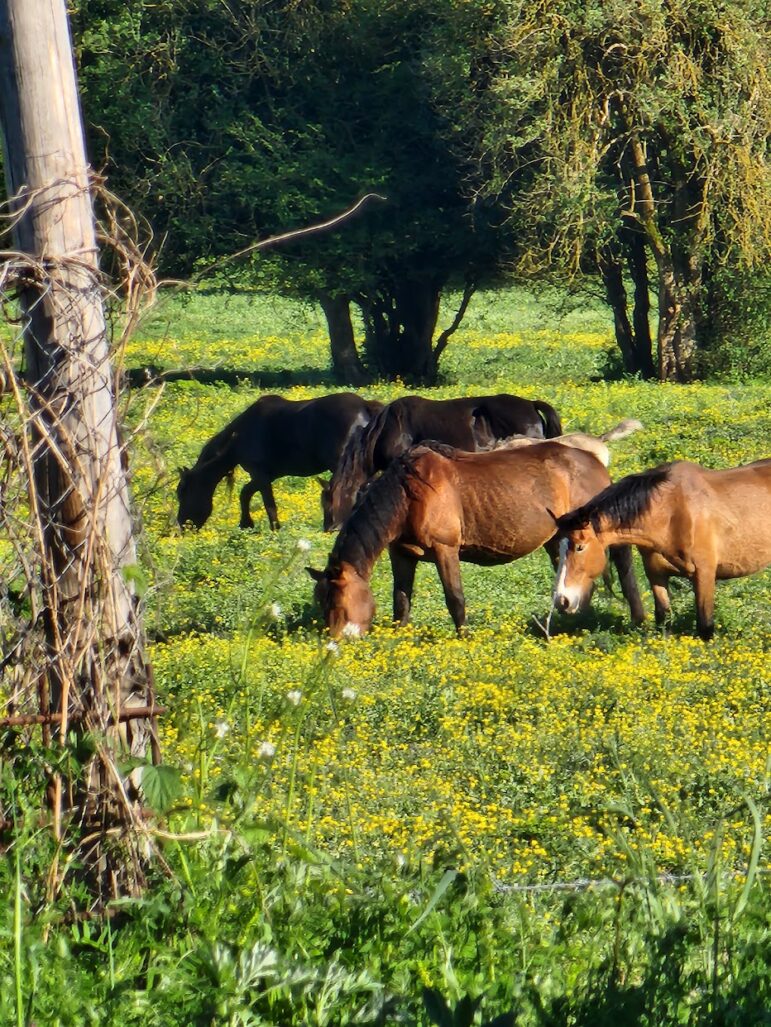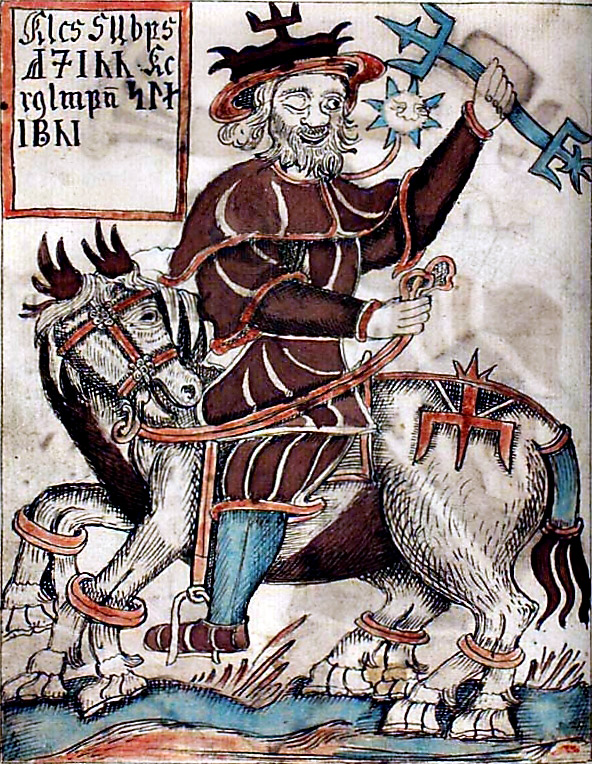TWH – In human history, the domesticated horse plays a key role in cultural exchange. A study, Trautmann et al in “Science Advances” has found evidence supporting the role of horse domestication in spreading Indo-European (IE) languages, and cultures. Those cultures gave birth to the classical Celtic, Greco-Roman, Norse, Slavic, and Vedic myths, pantheons, and religious practices.
The domestication of the horse
Between 3500 and 3000 B.C.E., people domesticated horses on the Eurasian steppes. They may have domesticated the horse for its milk rather than for transportation. Trautman’s recent study found the first evidence of humans riding horses.
People domesticated horses in an area ranging from modern Ukraine to modern Kazakhstan. Traces of horse milk on pot shards, and dental calculus are the earliest evidence of domestication. This evidence dates to around 3500 B.C.E. None of this evidence indicates that people had yet to learn horse riding. In Mesopotamia, texts, and images, from just before 2000 B.C.E, refer to people riding horses. Horse riding had to begin between 3500 and 2000 B.C.E.
Origin and spread of the Indo-European language family
Today, over half of the world’s population speaks an IE language. Contemporary IE languages share many related words. Working backward, linguists have theorized a common ancestor language, Proto-Indo-European. That language evolved into all contemporary Indo-European languages such as English, German, Greek, Hindi, Irish, Persian, Punjabi, Russian, and Spanish, among others.
Research has identified two likely homelands for the evolution of ancient IE. One theorized area lies in Anatolia, modern Turkey. The other theorized area lies in the Pontic-Steppes. That area ranges from modern Bulgaria northward along the coasts of the Black and Caspian Seas into Kazakhstan. People in that second area, north of the Black Sea, also domesticated the horse.

Horses in the Alban Hills near Rome [Photo Credit: S. Ciotti]
The Yamnaya also lived in that area north of the Black and Caspian Seas. They are the group most likely to have spread the ancestor IE language from which all its descendent languages evolved. They would have had access to horses as a means of transport. They buried their dead in a timber-covered underground chamber covered with a mound, called a “kurgan.” Most of our knowledge of the Yamnaya comes from excavating these kurgans. They had no writing.
The Wild Hunt has previously reported on research into the origin area of the Indo-European language family. That research failed to find either area as the geographic source of the IE languages. Regardless of what group first developed the ancient IE language, the Yamnaya appear to have dispersed it across Eurasia.
Trautmann et al’s findings
Between roughly 3200 and 2800 B.C.E., the Yamnaya expanded from their homeland on the steppes. They expanded into both southeastern Europe and the Altai mountains of Central Asia. Those mountains lie in the area where China, Kazakhstan, Mongolia, and Russia meet. Trautmann et al argue that this migration of 4500 km (2796.2 miles) in 400 years required a new and rapid form of transit. This new and rapid form of transit would almost certainly have involved horses. Some horses would have had single riders. Other horses would have drawn wagons filled with dependents, supplies, and tools.
Being able to ride horses had to pre-date the invention of the saddle and stirrups.
Horse riding puts stress on human and horse skeletons. In particular, the stress of riding leaves traces on the human femur, pelvis, and spine. Trautmann et al described the skeletal stress of horse riding without saddles as follows. Riders had to “hold on to the mount’s back and balance each step by continuous and sometimes forceful contractions of his lower body and thigh muscles. In everyday locomotive activity, these muscles usually experience a continuous but rarely intense workload.”
Trautmann et al found evidence of that skeletal stress on Yamnaya skeletons. Those skeletons came from kurgans in Bulgaria, Hungary, and Romania. Trautmann et al dated it to between 3020 and 2501 B.C.E. That range would mark the earliest known evidence of humans riding horses.

Odin riding Sleipnir [public domain]
Animal domestication as a technology
Today, people mainly think of technology as computer hardware and software. Other technologies that have changed history include gunpowder, the printing press, and writing. Agriculture and domesticated animals are earlier technological breakthroughs. Horse riding facilitated rapid travel. Horse-drawn wagons allowed migrating peoples to move bulk goods rapidly over long distances.
The spread of Indo-European (IE) languages would have also spread Indo-European culture, pantheons, and religious practices. As IE-speaking peoples moved into Europe, they interacted with people and cultures already there. They engaged in cultural exchange. Geographical distance would have caused more distant cultures to diverge. Pantheons and religious practices mixed and evolved. They lived together. They interbred. Some of which may even have been peaceful and consensual. Cultures, pantheons, and practices evolved and changed. From this mix, the classic Celtic, Greek, Latin, Norse, Slavic, and Vedic gods, myths, and rituals emerged.
If domesticated horses played a key role in the expansion of Indo-European culture, descendant IE cultural and religious practices should reflect the importance of the horse. A variety of IE religious pantheons and practices involve horses. Among the Celts, the Gauls linked the goddess Epona with horses. The Britons linked the goddess Rhiannon with horses. The Irish linked the goddess Macha with horses. The Greeks held Poseidon as the god of horses, as well as the god of the sea. He and Athena competed for divine patronage of Athens. Poseidon gave the Athenians their first horse. Poseidon in his horse form had sex with Medusa. Their horse-“child” was the winged horse, Pegasus. Among the Norse, the eight-legged Sleipnir carries Odin across the world.
Until people began working as blacksmiths, no one could approach Brigid as the goddess of smithcraft. Neither could anyone approach Demeter as the goddess of agriculture before they had begun to farm. Technological change changed how people understand their gods. The technological changes of our own time are also changing how we approach the gods.
This is the first of a two-part series, next, is the role of horses in Indo-European rituals.
The Wild Hunt is not responsible for links to external content.
To join a conversation on this post:
Visit our The Wild Hunt subreddit! Point your favorite browser to https://www.reddit.com/r/The_Wild_Hunt_News/, then click “JOIN”. Make sure to click the bell, too, to be notified of new articles posted to our subreddit.